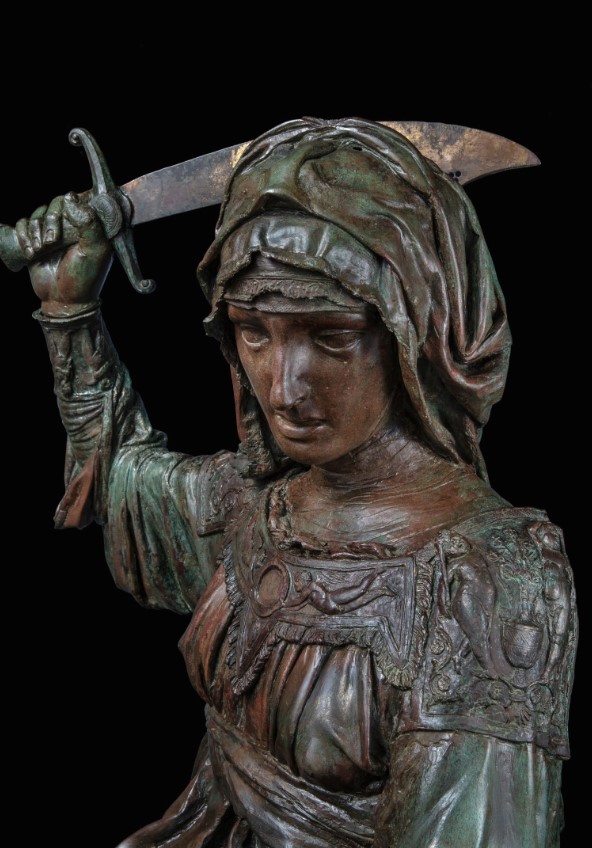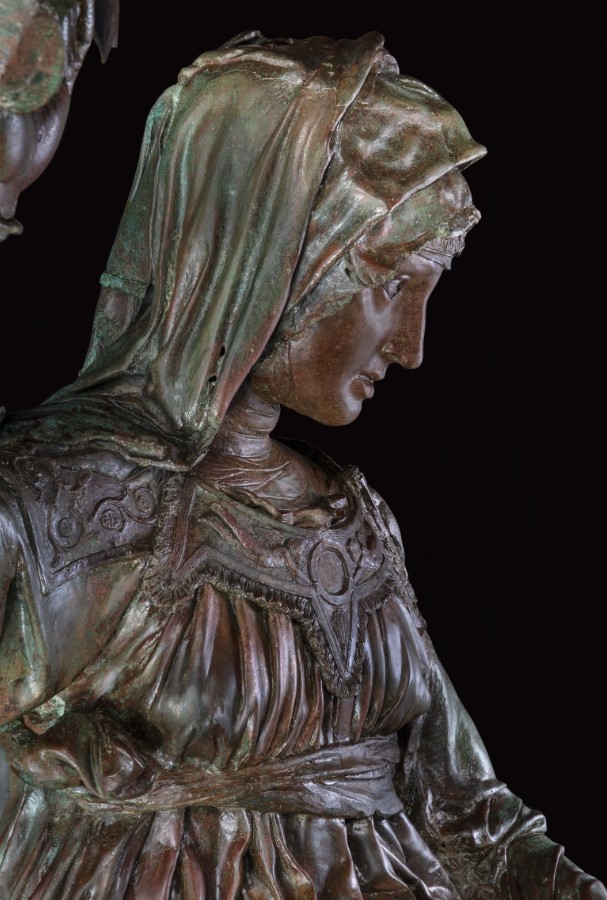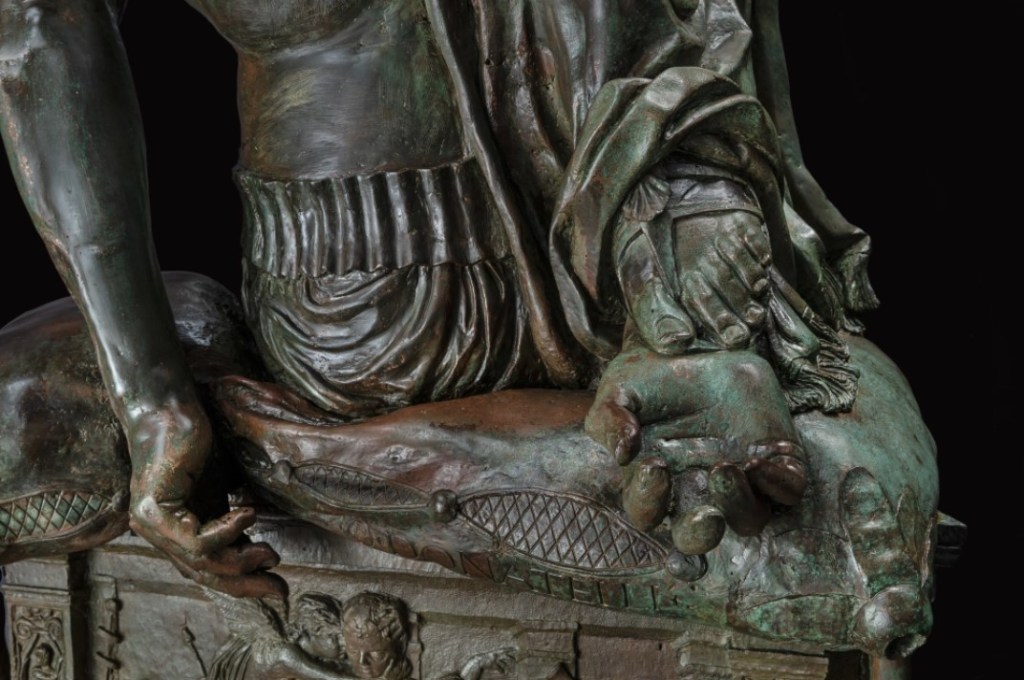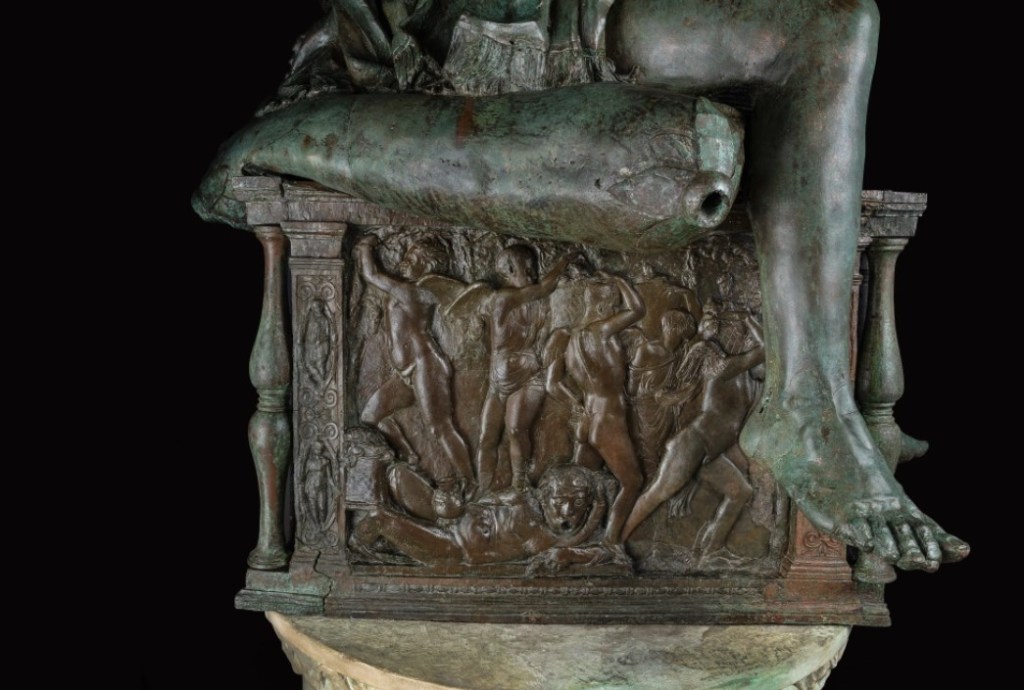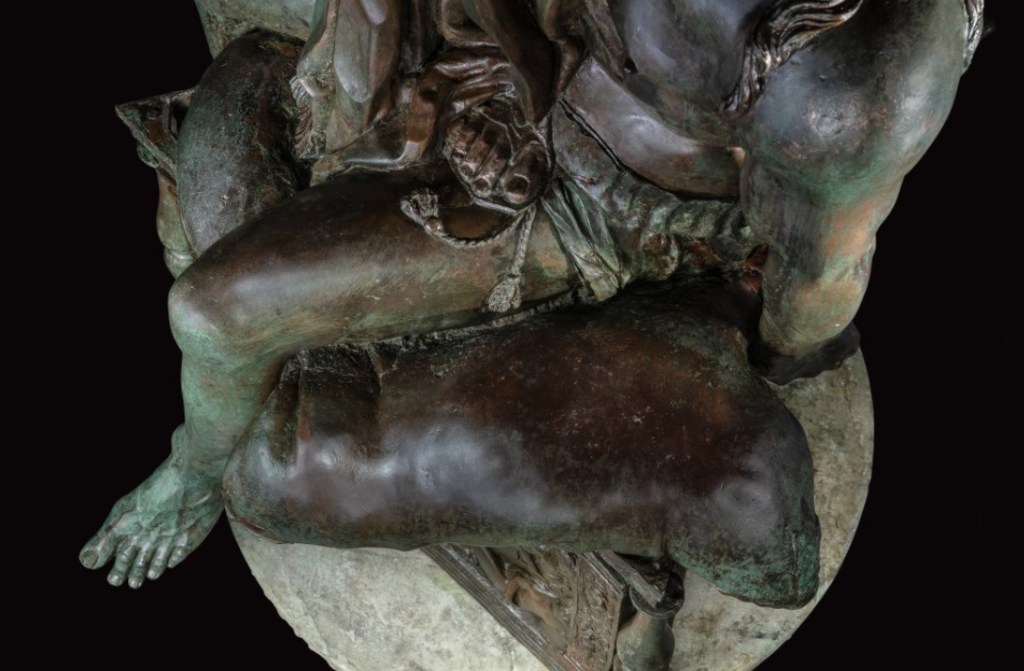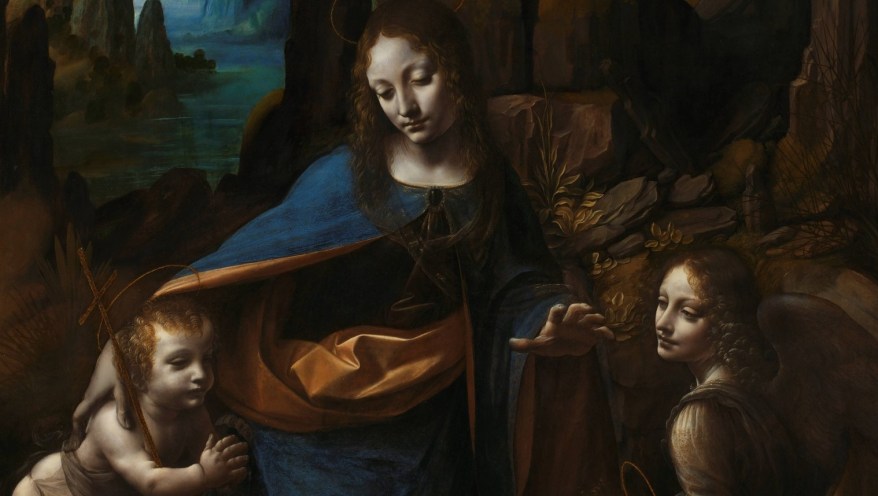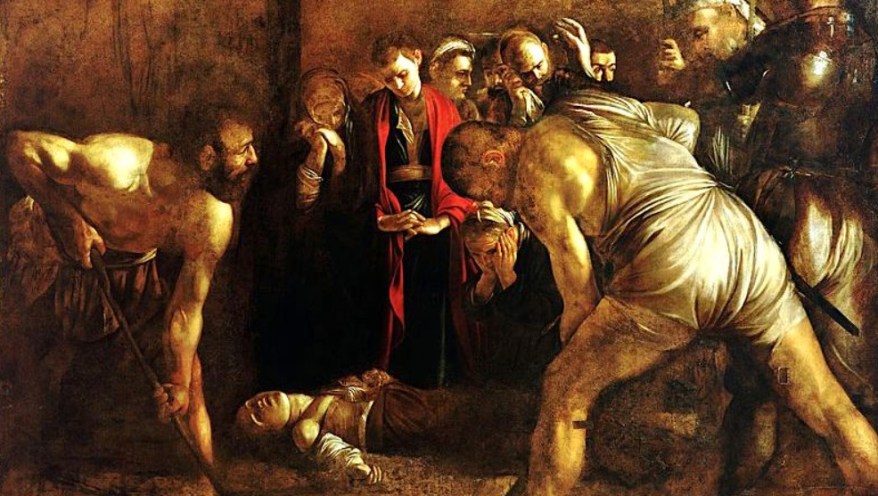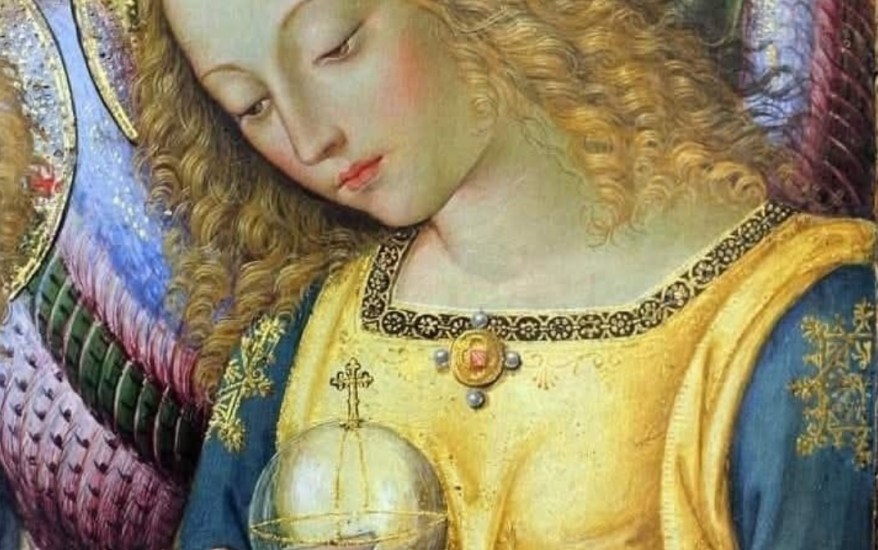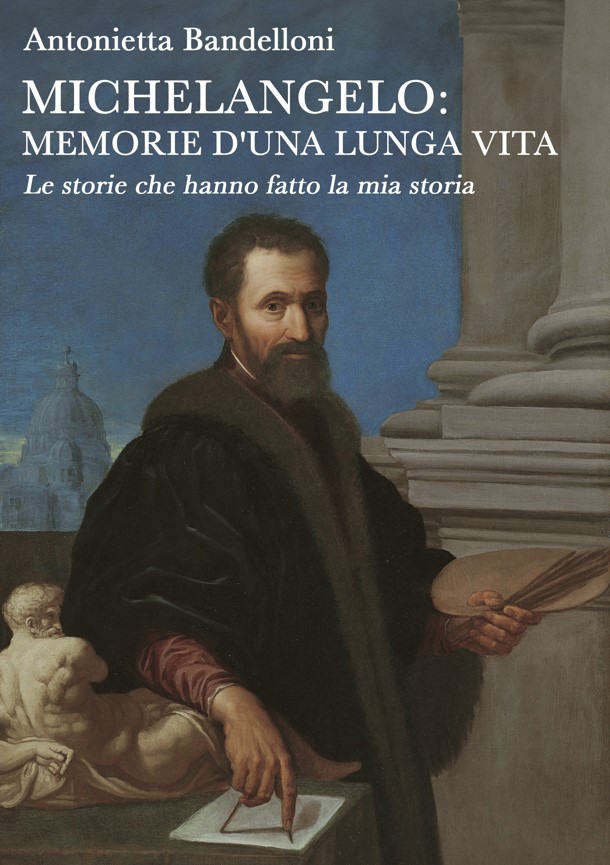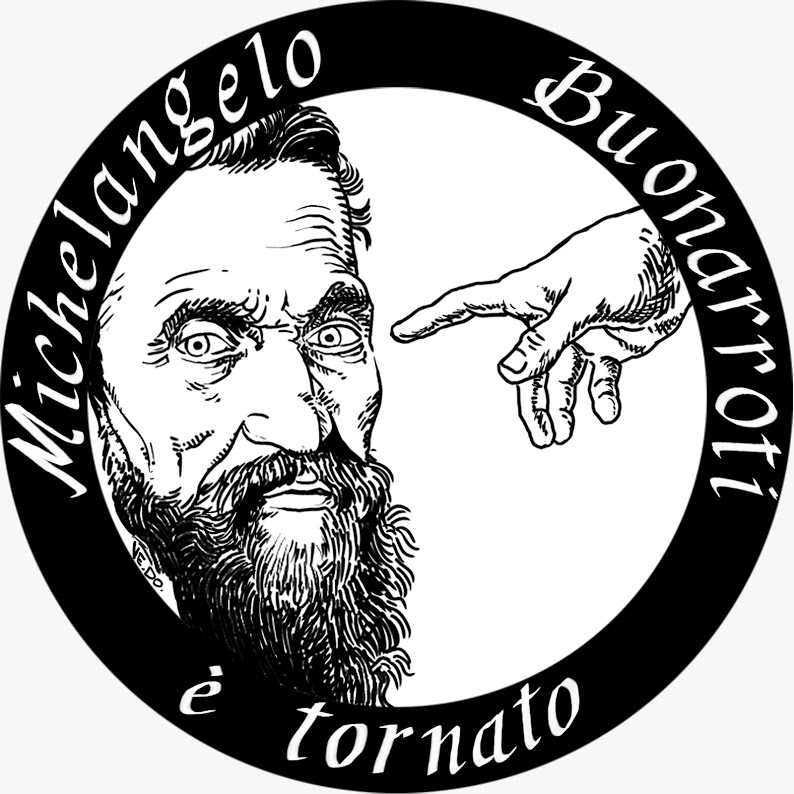Terminato il restauro della Giuditta di Donatello: rintracciate più dorature di quante se ne conoscessero fino al momento
La scultura bronzea di Giuditta e Oloferne realizzata dal grande Donatello è stata sottoposta a un intervento di restauro e si è venuti a conoscenza di più aree dorate di quante ne fossero note in precedenza.
L’imponente fusione, alta 2 metri e 36, realizzata dal grande Donatello poco prima di compiere i settant’anni, fra 1453 e il 1457 ed è stata restaurata grazie al fondamentale sostegno economico di Friends of Florence.
La Giuditta e Oloferne venne commissionata probabilmente da Cosimo il Vecchio oppure potrebbe essere stato il figliolo Piero il Gottoso a chiedere a Donatello di realizzare quest’opera.
Donatello nel realizzare il suo capolavoro mise in atto dei veri e propri stratagemmi per invitare l’osservatore a girargli attorno in modo tale da poter apprezzare ogni singolo dettaglio. Basta guardare infatti lo sfasamento fra il cuscino e la base oppure l’orientamento della testa della Giuditta e quello di Oloferne.
Basta dare un’occhiata veloce all’opera per rendersi conto che ha una classica forma a piramide con il vertice che culmina con la testa coperta della Giuditta. La fusione non fu realizzata in un unico pezzo ma in undici porzioni, per quello bisognerà attendere diversi decenni il Cellini con il suo Perseo.
L’opera rimase incompiuta a causa della partenza di Donatello per Siena del suo autore, portata poi a termine grazie all’aiuto di alcuni collaboratori fra il 1461 e il 1464.
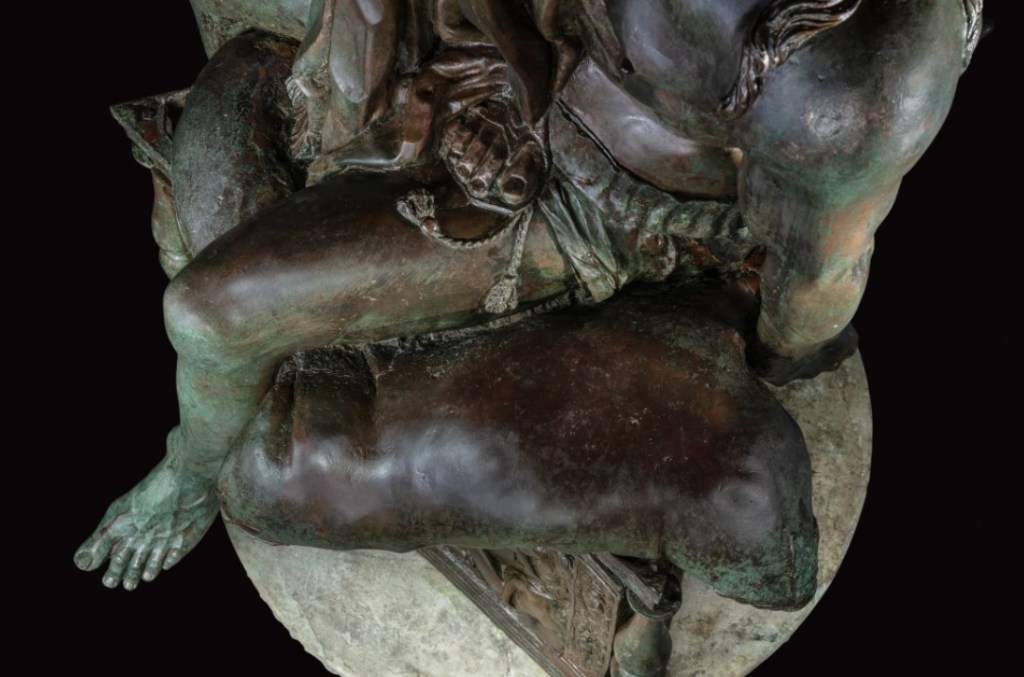
Venne collocata nel giardino dell’antica residenza medicea di via Larga, oggi Palazzo Medici Riccardi, a fare da contrappunto al David bronzeo del medesimo scultore che già si trovava nel vicino cortile, oggi collocato nel Bargello.
Il corpo esanime del tiranno è incastrato tra le gambe di Giuditta, con gli arti che pendono dal basamento bronzeo, dove tre rilievi bacchici rimandano alla sua lussuria.
Il bronzo era originariamente impreziosito da dorature di cui però oggi rimangono pochi frammenti.
A partire del 1495, a un anno di distanza dalla cacciata dei Medici e dalla proclamazione della nuova Repubblica di ispirazione savonaroliana, la Signoria di Firenze deliberò di confiscare questa opera, insieme ad altre che si trovavano nella residenza medicea, e di trasferirla nella propria sede di governo.
Le due epigrafi del basamento vennero sostituite con quella odierna che reca la data del trasferimento e che ha fatto assurgere il bronzo a simbolo della libertà fiorentina.
L’opera fu posizionata sull’arengario del Palazzo Vecchio, dove rimase finché nel 1504 dovette lasciare il posto al David di Michelangelo.
Solo nel 1919, dopo essere stata messa in sicurezza durante la guerra, venne ricollocata, in posizione centrale, sull’arengario di Palazzo Vecchio. Da lì non venne più rimossa, se non per ragioni di sicurezza durante la seconda guerra mondiale (1940-1946), quando venne anche restaurata da Bruno Bearzi, per conto delle fonderie Marinelli, finché dopo le celebrazioni medicee del 1980, essendo stato constatato un avanzato stato di degrado del bronzo, fu deciso di sostituirla in esterno con una copia e di trasferirla nella Sala dei Gigli di Palazzo Vecchio.
In occasione del trasferimento l’opera venne sottoposta, per la prima volta, a un accurato restauro scientifico,
eseguito dall’Opificio delle Pietre Dure di Firenze in Palazzo Vecchio, tra il 1986 e il 1988
Il restauro
A distanza di così tanto tempo dall’ultimo restauro e da un successivo intervento di manutenzione eseguito nel 2004, il bronzo appariva gravemente offuscato da uno spesso strato di polveri depositate nel corso dei decenni grazie anche all’effetto attrattivo elettrostatico e delle proprietà adesiva del protettivo che era stato applicato in precedenza.
La prima fase dell’intervento ha preceduto l’esposizione di Palazzo Strozzi “Donatello. Il Rinascimento”, poiché il bronzo faceva parte del percorso parallelo sul territorio, fuori mostra.
Durante tale fase si è stata effettuata un’osservazione e documentazione ravvicinata dell’opera e a replicare la spolveratura intrapresa nel 2004, necessaria per poter valutare lo stato di conservazione del bronzo.
La seconda parte dell’intervento è stata avviata dopo qualche mese, a risultati diagnostici definitivi. Era emersa la necessità di un intervento più articolato che andasse a rinnovare la pulitura delle superfici eseguita durante il restauro del 1986-1988, uno dei più importanti dell’epoca, tanto da costituire un vero e proprio spartiacque nella conservazione dei bronzi, sia nei materiali, sia nelle metodologie applicate in seguito dall’Opificio e dalla sua Scuola di Alta Formazione.
Sono sono state rimosse tutte le problematiche conservative del metallo che si sono generate in questi decenni e che continuano a progredire, sebbene più lentamente, grazie al ricovero all’interno del museo.
Sono stati ritrattati bruschi passaggi cromatici indotti da diverse patine di alterazione più o meno stabili, mediante la rimozione o l’assottigliamento dei prodotti di corrosione dannosi dovuti a processi di ossidazione o a residui di depositi che il precedente intervento non aveva completamente eliminato e risolto, a causa della strumentazione tecnica meno duttile allora disponibile e della diversa conoscenza della materia, o ancora, ad alterazioni generate dalle operazioni di calco diretto eseguite per la realizzazione della copia ora sull’Arengario di Palazzo Vecchio.
Un’importante soluzione operativa è stata data dall’impiego del laser messo a disposizione dalla ditta EL.EN, che proprio all’Opificio delle Pietre Dure oltre un ventennio fa veniva tarato sui bronzi dorati, per risolvere, appunto, i limiti delle tecniche di pulitura chimiche e soprattutto meccaniche in uso a quel tempo.
Con la spolveratura del 2004 erano state individuate solo tre piccolissime tracce di doratura a foglia eseguita da Donatello. La spolveratura successiva ne ha confermato la presenza, ma l’osservazione al microscopio a contatto di tutta la superficie, cm per cm, ha portato a supporre che potessero esserci molti più residui di rivestimento aureo, ipotesi poi confermata dalle successive analisi.
Sulla base dell’ispezione e della mappatura delle labili tracce rilevate dalle analisi, incrociate anche con le informazioni fornite da alcune osservazioni ravvicinate di inizio ‘900, si è quindi proceduto alla pulitura di quelle zone con l’impiego del laser.
Un’operazione che ha permesso di riportare in luce diversi nuovi frammenti aurei conservati in più aree, per un totale di circa 13 cmq, in alcuni casi, individuando anche gli andamenti e i confini delle campiture e, quindi,
di chiarire quali parti del bronzo fossero originariamente impreziosite da dorature, frequenti nella scultura fiorentina di quel periodo e ricorrenti nelle opere di Donatello.
Il restauro ha permesso anche di integrare la conoscenza della tecnica esecutiva dell’opera con qualche nuova informazione su particolari dell’assemblaggio del bronzo in precedenza non rilevati.
E’ stato inoltre eseguito un intervento di manutenzione del basamento lapideo del gruppo bronzeo, consistito nella spolveratura e nel lavaggio delle superfici e nella sostituzione dello zoccolo di rivestimento del supporto metallico su cui poggia la scultura all’interno della Sala dei Gigli.
“Siamo molto felici di aver sostenuto il restauro della scultura di Giuditta e Oloferne di Donatello, un’opera fondamentale non soltanto per la storia fiorentina, ma per l’arte e la cultura mondiale. In questo modo essa potrà continuare a mostrarsi alle generazioni presenti e future in tutta la sua potente bellezza.
Ringrazio a nome di Friends of Florence il Comune di Firenze, in particolare la Curatrice del Museo di Palazzo Vecchio Dott.ssa Serena Pini per l’opportunità che ci ha offerto, la
Funzionaria della Soprintendenza Dott.ssa Lia Brunori che ha seguito i lavori nel suo ruolo di Alta Sorveglianza, il restauratore Nicola Salvioli che con il suo progetto ci ha permesso di contribuire alla conservazione di quest’opera magistrale. Un grazie sentito e speciale va ai nostri donatori senza i quali non avremmo potuto sostenere l’intervento: Catharin Dalpino, Anna & Paul Friedman, Lauren & Phil Hughes, Judith & Arthur Rubin, Loralee West”Presidente di Friends of Florence Simonetta Brandolini d’Adda
Per il momento il sempre vostro Michelangelo Buonarroti vi saluta dandovi appuntamento ai prossimi post e sui social.
The restoration of Donatello’s Judith has been completed: more gilding found than previously known
The bronze sculpture of Judith and Holofernes created by the great Donatello has undergone restoration and more gilded areas have been discovered than were previously known.
The imposing fusion, 2.36 meters high, created by the great Donatello shortly before turning seventy, between 1453 and 1457 and was restored thanks to the fundamental economic support of Friends of Florence.
Judith and Holofernes was probably commissioned by Cosimo the Elder or it could have been his son Piero the Gouty who asked Donatello to create this work.
In creating his masterpiece, Donatello implemented real stratagems to invite the observer to walk around him in such a way as to be able to appreciate every single detail. In fact, just look at the mismatch between the cushion and the base or the orientation of Judith’s head and that of Holofernes.
Just take a quick look at the work to realize that it has a classic pyramid shape with the summit culminating with the covered head of Judith. The fusion was not made in a single piece but in eleven portions, for which we would have to wait several decades for Cellini with his Perseus.
The work remained unfinished due to Donatello’s departure for Siena and its author, which was then completed thanks to the help of some collaborators between 1461 and 1464.
It was placed in the garden of the ancient Medici residence in Via Larga, today Palazzo Medici Riccardi, to act as a counterpoint to the bronze David by the same sculptor which was already located in the nearby courtyard, now located in the Bargello.
The tyrant’s lifeless body is stuck between Judith’s legs, with her limbs hanging from the bronze base, where three Bacchic reliefs refer to her lust.
The bronze was originally embellished with gilding, but only a few fragments remain today.
Starting from 1495, a year after the expulsion of the Medici and the proclamation of the new Republic of Savonarola inspiration, the Signoria of Florence decided to confiscate this work, together with others that were in the Medici residence, and to transfer it to its own headquarters of government.
The two epigraphs on the base were replaced with today’s one which bears the date of the transfer and which made the bronze become a symbol of Florentine freedom.
The work was placed on the arengario of the Palazzo Vecchio, where it remained until in 1504 it had to give way to Michelangelo’s David.
Only in 1919, after having been made safe during the war, was it relocated, in a central position, on the arengario of Palazzo Vecchio. It was never removed from there again, except for safety reasons during the Second World War (1940-1946), when it was also restored by Bruno Bearzi, on behalf of the Marinelli foundries, until after the Medici celebrations of 1980, a advanced state of degradation of the bronze, it was decided to replace it externally with a copy and to transfer it to the Sala dei Gigli in Palazzo Vecchio.
On the occasion of the transfer, the work was subjected, for the first time, to an accurate scientific restoration,
carried out by the Opificio delle Pietre Dure of Florence in Palazzo Vecchio, between 1986 and 1988
The restoration
Such a long time after the last restoration and a subsequent maintenance intervention carried out in 2004, the bronze appeared seriously tarnished by a thick layer of dust deposited over the decades thanks also to the electrostatic attractive effect and the adhesive properties of the protective which had been applied previously.
The first phase of the intervention preceded the Palazzo Strozzi exhibition “Donatello. The Renaissance”, since the bronze was part of the parallel journey through the territory, outside the exhibition.
During this phase, a close observation and documentation of the work was carried out and to replicate the dusting undertaken in 2004, necessary to be able to evaluate the state of conservation of the bronze.
The second part of the operation was started a few months later, with definitive diagnostic results. The need had emerged for a more complex intervention which would renew the cleaning of the surfaces carried out during the restoration of 1986-1988, one of the most important of the time, so much so as to constitute a real watershed in the conservation of the bronzes, both in the materials , and in the methodologies subsequently applied by the Opificio and its Higher Education School.
All the conservation problems of the metal that have arisen in recent decades have been removed and continue to progress, although more slowly, thanks to its hospitalization within the museum.
Abrupt chromatic changes induced by different more or less stable alteration patinas were retreated, through the removal or thinning of the harmful corrosion products due to oxidation processes or residues of deposits that the previous intervention had not completely eliminated and resolved, to due to the less flexible technical instrumentation available at the time and the different knowledge of the subject, or again, to alterations generated by the direct casting operations carried out for the creation of the copy now on the Arengario of Palazzo Vecchio.
An important operational solution was given by the use of the laser made available by the EL.EN company, which was calibrated on the gilded bronzes at the Opificio delle Pietre Dure over twenty years ago, to resolve the limits of the chemical and especially mechanical cleaning in use at that time.
With the 2004 dusting, only three very small traces of leaf gilding carried out by Donatello were identified. Subsequent dusting confirmed its presence, but observation under the microscope in contact with the entire surface, cm by cm, led to the assumption that there could be many more residues of gold coating, a hypothesis later confirmed by subsequent analyses.
An operation that made it possible to bring to light several new gold fragments preserved in several areas, for a total of approximately 13 cm², in some cases, also identifying the patterns and boundaries of the backgrounds and, therefore,
to clarify which parts of the bronze were originally embellished with gilding, frequent in Florentine sculpture of that period and recurring in Donatello’s works.
The restoration also made it possible to integrate knowledge of the execution technique of the work with some new information on previously undetected details of the bronze assembly.
A maintenance operation was also carried out on the stone base of the bronze group, consisting of dusting and washing the surfaces and replacing the covering base of the metal support on which the sculpture rests inside the Sala dei Gigli.
“We are very happy to have supported the restoration of Donatello’s sculpture of Judith and Holofernes, a fundamental work not only for Florentine history, but for world art and culture. In this way it will be able to continue to show itself to present and future generations in all its powerful beauty.
On behalf of Friends of Florence, I thank the Municipality of Florence, in particular the Curator of the Palazzo Vecchio Museum Dr. Serena Pini for the opportunity she has offered us, the
Official of the Superintendence Dr. Lia Brunori who followed the works in her role as High Supervision, the restorer Nicola Salvioli who with her project allowed us to contribute to the conservation of this masterly work. A heartfelt and special thank you goes to our donors without whom we would not have been able to support the intervention: Catharin Dalpino, Anna & Paul Friedman, Lauren & Phil Hughes, Judith & Arthur Rubin, Loralee West”
President of Friends of Florence Simonetta Brandolini d’Adda
For the moment, your always Michelangelo Buonarroti greets you and will meet you in the next posts and on social media.

Sostienici – Support Us
Se questo blog ti piace e ti appassiona, puoi aiutarci a farlo crescere sempre più sostenendoci in modo concreto condividendo i post, seguendo le pagine social e con un contributo che ci aiuta ad andare avanti con il nostro lavoro di divulgazione. . ENGLISH: If you like and are passionate about this blog, you can help us make it grow more and more by supporting us in a concrete way by sharing posts, following social pages and with a contribution that helps us to move forward with our dissemination work.
10,00 €
-
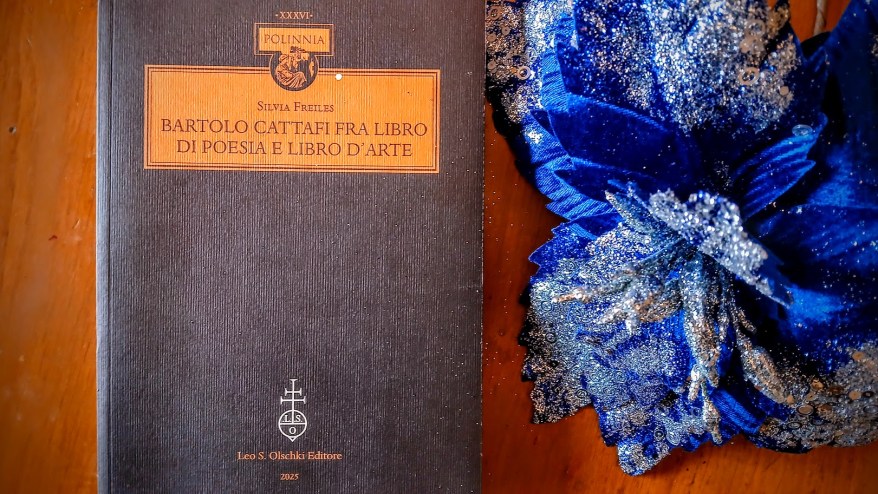
Bartolo Cattafi: fra libro di poesia e libro d’arte. La recensione
Nuova lettura. Bartolo Cattafi fra libro di poesia e libro d’arte di Silvia Frailes, pubblicato da Olschki Editore, esplora il legame unico tra poesia e arti visive. Cattafi non è solo poeta: i suoi libri diventano vere opere d’arte, dove parola, immagine e forma dialogano…
-
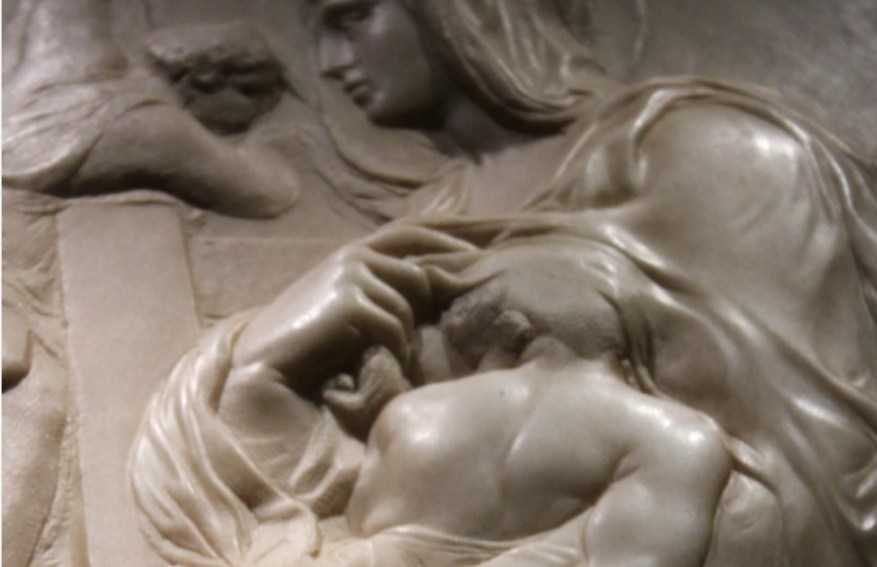
La Madonna della Scala: il mio primo capolavoro
🇮🇹La Madonna della Scala, custodita oggi di consueto a Casa Buonarroti, è la mia prima opera scultorea arrivata fino ai vostro giorni. Avevo sedici anni quando terminai di metter mano a quello stiacciato che imita ma oltrepassa lo stile di Donatello… 🇬🇧The Madonna della Scala, now housed as usual at Casa Buonarroti, is my first…
-
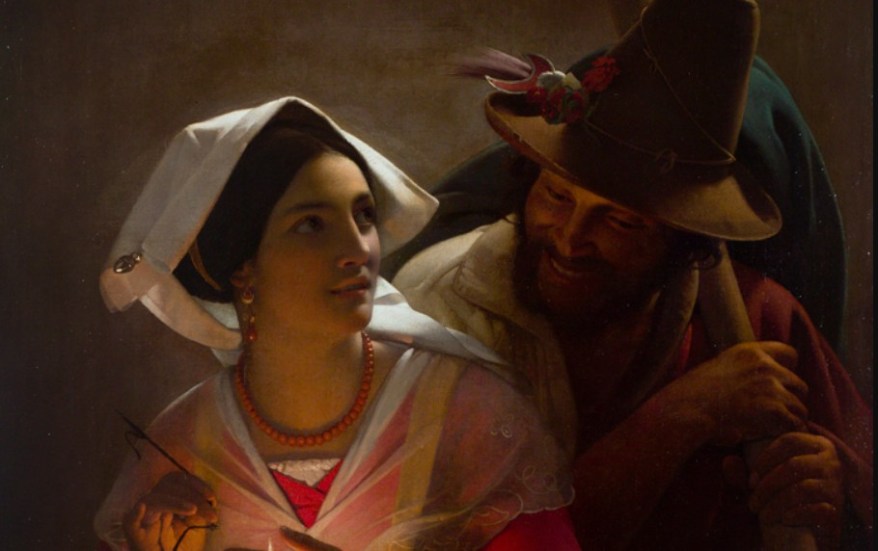
La Natività in costume romano di Jean Baptist Lodewyck Maes
🇮🇹 Il sacro diventa quotidiano. Nella Natività in costume romano, Jean Baptist Lodewyck Maes porta la nascita di Cristo nella Roma dell’Ottocento. Un messaggio universale, raccontato con volti e abiti familiari… 🇬🇧The sacred becomes everyday. In the Nativity scene in Roman costume, Jean Baptist Lodewyck Maes brings the birth of Christ to 19th-century Rome. A…


